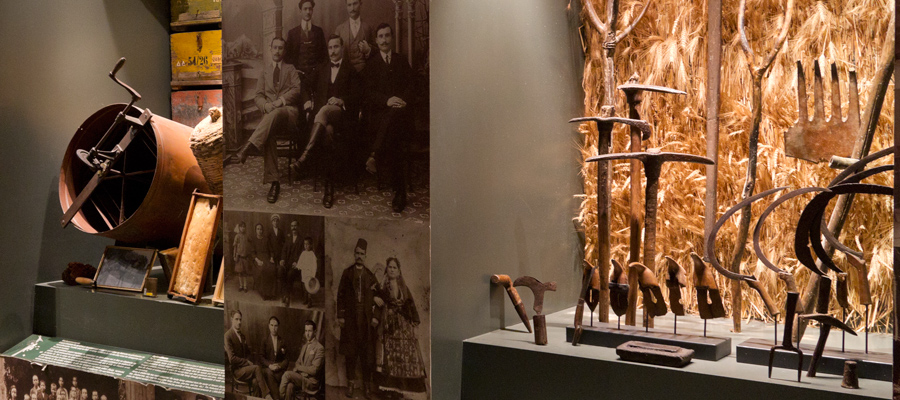SIGHTSEEING
VILLAGES
BEACHES
CULTURE
GALLERY
> Aristotle
> The Mines
> Mount Athos
A thousand year old historyAghiou Pavlou (St Paul) monasteryVatopediou monasteryGregoriou monasteryDionysiou monasteryDochiariou monasteryEsfigmenou monasteryZografou monasteryIviron monasteryKarakalou monasteryKoutloumousiou monasteryKonstamonitou monasteryMegistis Lavras monasteryXenophontos monasteryXiropotamou monasteryPanteleimonos monasteryPantokratoros monasterySimonos Petras monasteryStavronikita monasteryPhilotheou monasteryHilandariou monastery
Zorbas-Kazantzakis WINTER PICTURESIT'S SPRINGTIMEAristotelia eventsCultural Center of AristotleMonastic Guest quarter of Panagia-Joy for the sad onesThe aquarium of IerissosCanal of XerxesCultural EventsHistorical-Folklore museum of ArnaiaCenter of Environmental Education of ArnaiaCultural Center of IerissosThe Weaving museum of ArnaiaThe choirs of Aristotle MunicipalityThe shipyards of IerissosTextilesThe pilgrimage of Megali PanagiaLocal festivals
Cultural Events
* The customs and traditions of people are the ones that form the character of the place they live in. They are the roots and the unbreakable bonds with the mother land and their ancestors. Arnaia is characterized by the richness of its folklore tradition, a large part of which is occupied by its customs. Customs that cannot be found elsewhere such as Chelidonismata, Kotsmanous, Kourbania, Meloma of Christ, Soussaritsa, the traditional village wedding, the weighing of St. George etc.
- The very old custom of “Meloma of Christ” is held on Christmas Eve. Every family of Arnaia gathered around the Christmas table for cutting the Christmas cake. For years now, the Cultural and Educational Organization of Arnaia has moved this happening to the center square of the village in order to empower the bonds between the residents. The Christmas cake is prepared in the morning of Christmas Eve and it is then moved to the main square together with the nuts and the honey. The mixed choir and the band of Arnaia’s Municipality sing the carols and other Christmas songs. Every attendant holds a lit lantern. The cake with the nuts and the honey is then served to the people. A parade of masquerades is held in the main square on the Sunday of Tyrini during Mardi Gras. The “Easter kiosk” custom takes place in the morning of Easter Sunday. Residents gather in the main square and offer red eggs, Easter bread and pies to those passing by. They wish each other "Christ is Risen" and "Seasons Greetings”. The children dance group of the Aristotle Spiritual Center also participates.
- A very old custom called “Kantari” takes place in the morning of Easter Monday. It is about a giant scale, the kantari that is hanged from the perennial plane tree, which is located in the main square of the village. They use to weigh the people, mainly those with increased weight.
- The important custom of “The Koutsmanous” was initially held during the Turkish rule and it was probably named after the corruption of the Turkish Aga’s name (Kotsm-anlis –Koutsmanous). On the 3rd day of Easter, armed horsemen dressed with the traditional Arnaian costume, head from the main square to the hill of Prophet Elias. The Divine Liturgy takes place there and then the horsemen march with the holy icons. Then, the traditional dance “koutsmanous” begins. A horseback race and a shooting contest takes place next. Contesters aim the red eggs that are hanged from a rope. It should be pointed out that during Turkish rule, this custom was of great importance since people practiced the use of weapons for future revolt without Turks being aware. Nowadays, winners are awarded with commendations. Next, the riders return to the chapel and gather on the main square of Arnaia where a large festival and dancing takes place.
- The “Soussaritsa” custom is a contest for kids but also for adults. It is held in the park of St. Paraskevi. Contestants, after being divided in rival groups, throw red eggs on the grass. The winner is the one who throws the egg as far as possible without breaking it.
- Chelidonismata” is the welcoming of spring. Children of the village (mainly 6th graders) are dressed in local traditional costumes and walk around the village, singing the traditional song of “chelidona” (swallow). They hold an open, wooden box, which has a piece of wood through it with a mock up of a swallow attached to it. They tie a rope to the wood that use to pull and wrap the swallow up and down. The children used to have with them two moneyboxes and 2-3 small baskets where they gathered the money and the treats given by people of Arnaia. St. Modestos, the protector of animals is celebrated on December 18 by Arnaian animal breeders.
- The celebration held on the first Saturday of June and where they serve kourbani (beef broth with oatmeal) is also important. When the kourbani is ready, the bells ring and invite the people to the courtyard of the church. Next, every participant is served, dances and has fun under the music of musicians (clarinets and drums).
- The Liarigovina song holds a special place in the folklore tradition of Arnaia. The local songs are based, in their most part, on stories and are preserved through the old customs. They are songs about legends, traditions and religious celebrations. Some are historic and akritic and all fall in the range of Greek folk melody and poetry.
* Text by archaeologist Athina Marathianou






